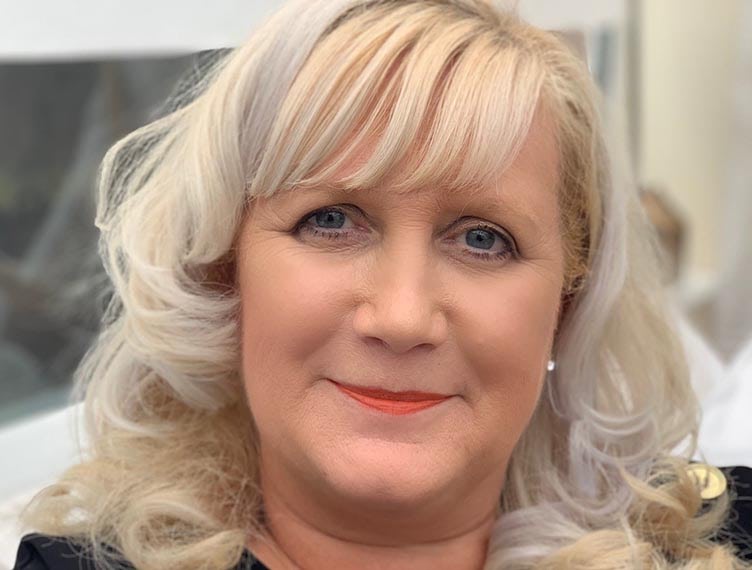Unique Learners: Unique Children – The Neuro Diverse Garden

Welcome to my ideal garden, one where there is a winding path that has wild, fragrant flowers either side of it and the path leads to a tranquil, sunny spot for you to read and relax. This ideal garden is not my garden, and not representative of my professional career or my role as a mother, but what this garden does have, is flowers that are unique, much like the many children and adults I have taught and my own two children.
It is not often I mix my personal life, my professional life and writing, but in this article I don’t feel I can separate the two, as both journeys have made me the practitioner that I am today, never claiming to be the expert in any field but humanistic and appreciative in my approach.
My article begins with my own two children, both unique and diverse in their needs and life with them as their mother has been joyful, demanding and frustrating. My one child must have order and structure daily, and the walk towards their bedroom, I am convinced, is surrounded by an invisible force field, whereby I am only allowed in with ironing if it is presented in a colour co-ordinated format and each garment hung on its matching hanger, never Top Shop on a Primark hanger…NEVER !!!
My other child’s world lacks colour and has spent many years ‘masking’ their uniqueness, hiding from labels and finding strategies to ‘best fit’ in educational and societal situations. As a family, we have found ways to shop for clothes with our own ‘unique’ nods when items of colour match and head shakes when a fluorescent green shirt was chosen for an interview, oh no dear child…please put that back ! As a family, we have used humour in parenting styles with our children, but behind the humour is also the seriousness and narratives that have been painful as a mother, one being the time my child was expelled from an exam for using a red pen. It is here I wished that this educator had walked amongst the garden of unique flowers, taking a slower walk to appreciate the difference in the flowers, not the deficit amongst them, then my child may have had a much more enjoyable educational experience.
My children’s uniqueness, my appreciation of the many flowers in the garden and neurodiversity came to the forefront of my work during a lesson in my one of my Child Development degree lessons – a while back now! The session was an introduction to Brain Development in Young Children and where I became obsessed with scientific words such as, neurons, synapses, dendrites, and myelination. I recall sitting and reflecting upon my own children’s ‘wiring’ and feeling empowered with information as a Nursery Nurse and a mother, empowered to now justify to my husband why the children had painted the dishwasher silver, used my nail varnishes to paint a rainbow on the shed door and how one day whilst the children and I stripped wallpaper, we discovered the plaster came off too so we made moon craters in the wall. I called this research as it was now supported by Science, after all I was creating neural pathways surely?
My children have been fortunate to live in a home that has celebrated uniqueness, their neurodiversity, whatever label fits ‘best’, but often we have battled with a society that sees deficit not difference and it is the celebration of difference which is important in our work as educators. As an educator, I am reflective and continuously learning and posing questions to myself and my community of colleagues and how we work together to raise awareness of learning needs, how we can ensure the learning environments we provide embrace the needs of all learners, and this is not just the learning spaces but the open spaces where learners travel between classrooms, where they sit to socialise, spaces which offer calm and not sensory overload.
It is the provision of inclusive spaces that appreciate the needs of learners, that is the core of my work and how as educators how we can ensure we meet the needs of all learners in spaces that can cause overwhelming anxiety and high arousal levels, causing a learner to fright, flight, fight or freeze. As a Nursery Nurse, I used to paint windows, hang mobiles, ribbons and still have a love of all things glitter, but as my work and understanding has evolved I have come to question how my learning environment has to appreciate sensory processing, information processing, social understanding, and the types of communication and interaction provided. In turn, it has made me question how some of the more public spaces where a learner travels between campuses or classes can also be overwhelming places, from patterned floorings to smells. As educators, we can reflect upon these spaces and offer ways to reduce stress especially for learners who may have difficulty expressing their emotions and feelings, to make their walk along the garden path more seamless and enjoyable.
Finally, as educators we can reflect upon how every learner’s brain is unique, how there is no one way of learning, no one type of intelligence and how we are all collectively walking down the garden path in that ideal garden of fragrant, wild flowers celebrating difference not deficit.
Annie Pendrey, FE / HE specialist











Responses